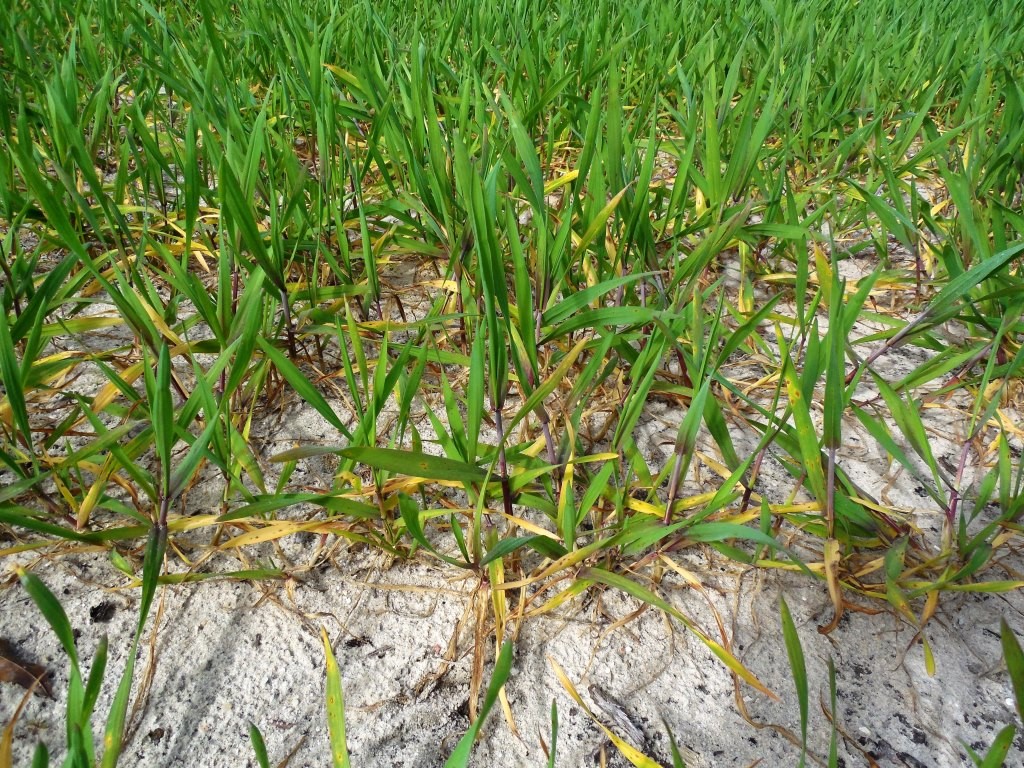
Figure 1. Nitrogen deficient triticale forage. Notice older leaves are yellow and stems have a purple cast.
Recent rains have been, in many areas of the Panhandle, “too much of a good thing.” Too much rain can limit farm equipment access to fields, delay scheduled planting, and other management activities, and wash away valuable fertilizer applications. Nitrogen in particular is mobile and volatile in water logged soils. Given the challenges of excessive water, are there ways we can determine, after significant rain events, if soil nitrogen (N) has leached beyond our crop’s root zone?
Fortunately, plants with deep roots can capture soil nitrogen as it leaches (or travels) past surface roots, but you still need a reasonable estimate of how deep those roots are. For example, a well-managed, adequately fertilized, perennial grass pasture, such as Bahiagrass, can have roots exceeding five feet deep. Poorly managed, heavily grazed, or annual grass pastures, however, will have shallow root systems, and are not capable of capturing soil nitrogen, as it quickly leaches past the shallow roots during heavy rain events.
- The following are a few considerations that you can use to estimate the depth to which nitrogen (N) fertilizer might travel following a rain event.